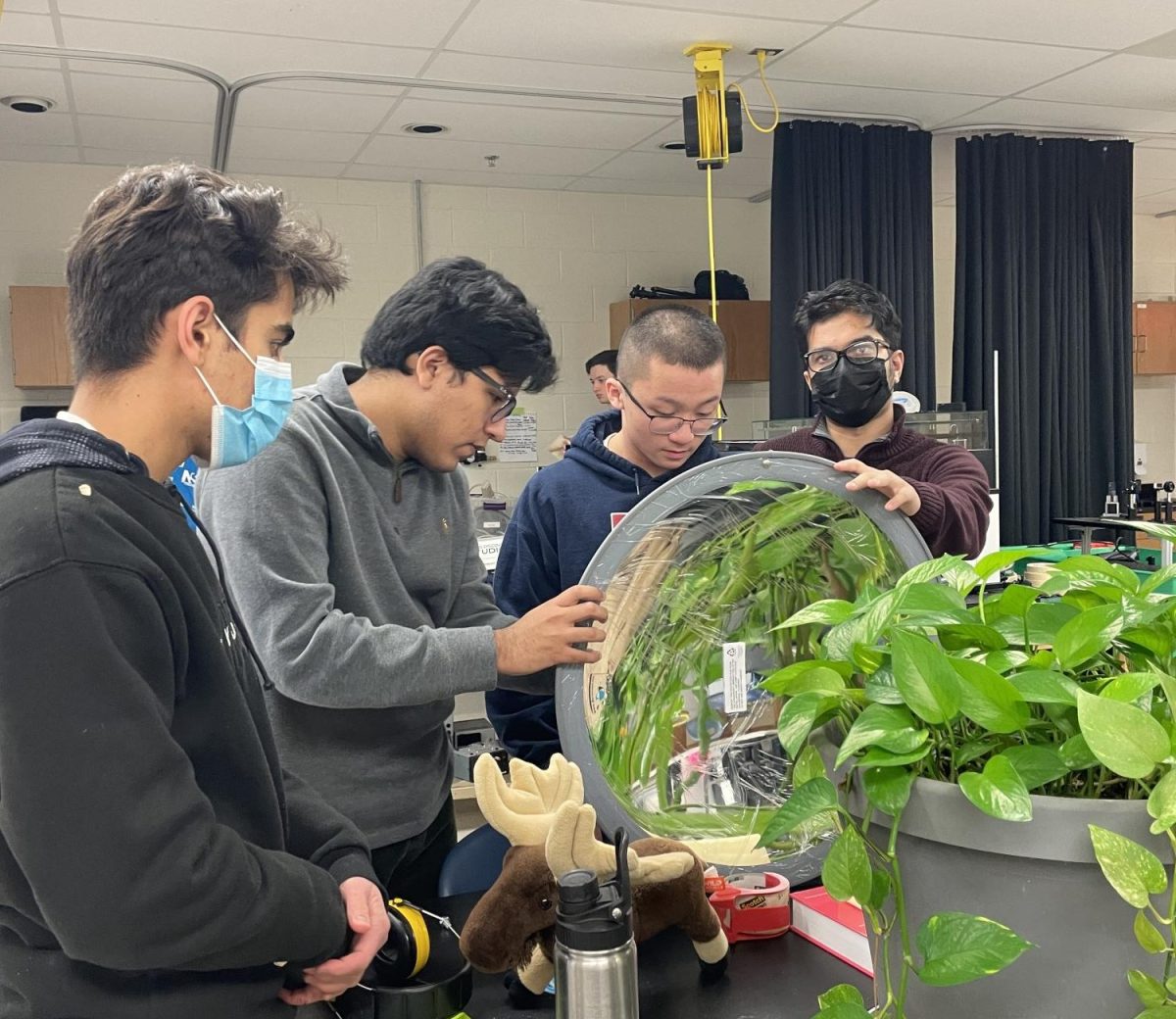Imagine a world without eyeglasses, cameras, and even WiFi. After a brief hiatus, optical systems has been brought back to the curriculum, with the first class congregating this semester. The class is being taught by honors physics teacher Elissa Levy after being previously taught by former astronomy teacher Kelsey Stuart. Optics is defined as the study of light behavior. This topic, although briefly touched upon in honors physics, is one that most Jefferson students leave not knowing much about. Yet, its applications range from astronomy to even Wi-Fi. “In college, I did all of the theoretical high-level optics calculations without ever doing high-school level optics, so it was a gap in my own understanding,” Levy said. “I really like learning and I needed an incentive to go learn my own thing.”
A bright return
Although optical systems has always been allowed as a course, signups in previous years have been minimal due to the lack of advertising during the curriculum fair, causing an inability for the class to ensue. “I’m a big believer that I never want to stop learning, so one thing I try to do is [that] every year of my teaching career, [I] teach a course I’ve never taught before,” Levy said. “So, I said ‘I want to teach this next year’ and they said ‘Great, you have to present this at the curriculum fair,’ and so that’s what I did, and then enough people signed up for it to actually run the course.”
Sparking interest
During the curriculum fair, Levy conducted a demonstration of melting chocolate in the microwave and obtaining the speed of light from the result. The boost in the initiative of advertising for the course captured the attention of more students, increasing the course’s popularity. “It looked like a really interesting class. I didn’t go to the interest meeting, but I heard she microwaved chocolate,” junior Stella Chang said. While some students took the course out of curiosity, others took the course as a way to deepen the knowledge they learned in honors physics. “In physics, there were a lot more groups and a lot less time during the wave labs, so we had more stress because we had to get the things done on time,” senior Cristian Andrade Vargas said. “I didn’t have the opportunity to go and learn as much, and sometimes, my team members were doing more than I was. I chose optics because I can relearn that stuff with the independence I didn’t have before.”
Beaming with possibilities
The overall intention of the course is to allow students to draw conclusions based on the world around them rather than trying to prove concepts that are already expected. “For example, you see how the light reflects on the floor?” Levy said. “If I wanted to go stomp on that reflection, by the time I get to it, it’s moved. The first day of class, I had everyone in the room calculate that distance, given how tall I am, how tall the ceilings are and how far that light is going to move before I can actually stomp on it. [It] is a straightforward geometric problem but took an hour to figure out because you have to wrap your head around a lot of things.”
Brilliantly designed
Students find that a more hands-on approach to learning has many benefits, including a deeper understanding of the material as well as minimal homework. “It’s good for lower classes that are looking for something fun to do and that’s more relaxed on your work schedule. The way the class is organized right now, there’s very little homework that’s assigned, so what needs to be done is done in the class,” senior Andrade Vargas said.


